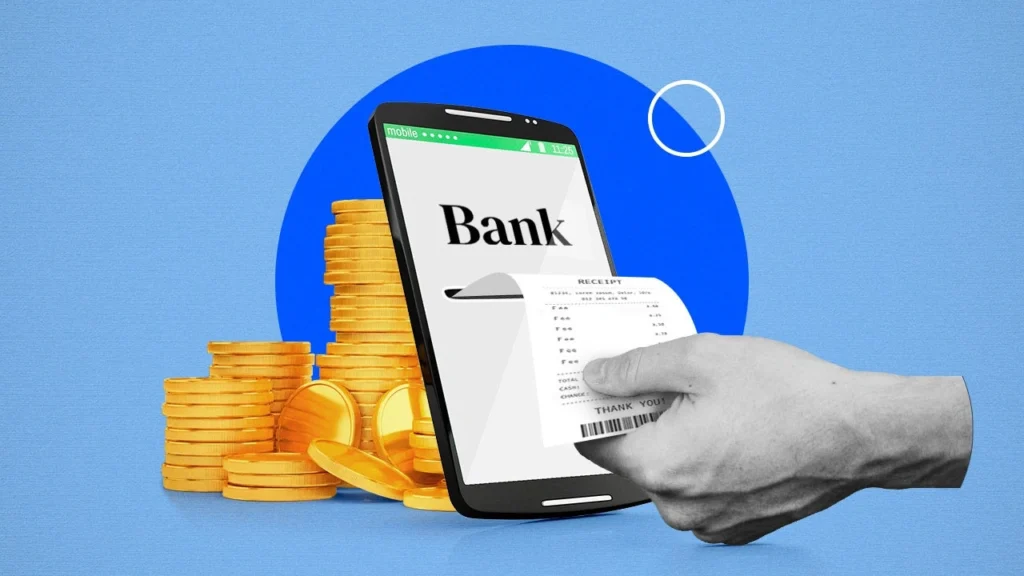If you’re new to crypto trading, understanding crypto platform fees is essential to ensure you don’t lose money unexpectedly. These fees are what exchanges charge for facilitating your transactions, and they can quickly add up if you’re not careful. This guide will walk you through the most common types of fees, what to look for, and how to avoid overpaying.
What Are Crypto Platform Fees?
Crypto platform fees are the charges applied by exchanges for services like trading, withdrawing, or depositing funds. These fees can vary depending on the platform, the type of transaction, and even market conditions.
There are several types of fees to be aware of, such as trading fees (charged on each transaction), withdrawal fees (charged when you move your crypto to another platform or wallet), and sometimes even deposit fees. Understanding these will help you minimize your costs and avoid surprises down the road.


How Do These Fees Work?
When you trade on a crypto platform, you’ll often encounter trading fees. These are typically a percentage of the total transaction amount and depend on the type of order you place.

Some platforms charge lower fees for limit orders (orders placed at a specific price) compared to market orders (orders placed at the current market price). Additionally, some platforms use a tiered fee system where the more you trade, the lower your fees become.
The Different Types of Crypto Platform Fees
Crypto exchanges often charge different types of fees, each serving a specific purpose. Here are the most common:
- Trading Fees: This is the fee you pay every time you buy or sell crypto. Usually, it’s a percentage of the transaction, like 0.1% or 0.5%.
- Withdrawal Fees: When you move your crypto off the exchange, you’ll be charged a fee. This can vary depending on the coin or token and the current network conditions.
- Deposit Fees: Some platforms charge you when you deposit funds using methods like credit cards or third-party services.
- Hidden Fees: These may include spread markups or inactivity fees, which aren’t always obvious at first glance.


Knowing these types of fees can help you understand where your money is going and allow you to adjust your trading habits to minimize unnecessary costs.
Why Do Crypto Platform Fees Vary?
Crypto platform fees vary based on several factors: the exchange you use, your account level, the type of transaction, and even the blockchain network’s activity.
Some exchanges like Binance or KuCoin offer low trading fees to attract users, while others like PayPal may charge more but offer additional services like easier fiat-to-crypto transactions.
It’s also important to note that decentralized exchanges (DEXs) like Uniswap have different fee structures compared to centralized exchanges (CEXs) like Coinbase. DEXs often have lower fees, but the process can be more complex, especially for beginners.

How to Minimize Crypto Platform Fees
While you can’t completely avoid crypto platform fees, there are ways to reduce the amount you pay.
- Use Limit Orders: These tend to come with lower fees than market orders.
- Consolidate Withdrawals: If you’re withdrawing funds multiple times, try to consolidate them into fewer transactions to save on withdrawal fees.
- Choose the Right Platform: Different exchanges have different fee structures, so choosing the one that works best for your trading habits can save you money in the long run.
By making small adjustments, you can reduce the impact of fees on your profits and trade more efficiently.
Final Thoughts
Understanding crypto platform fees is essential for anyone looking to trade or invest in digital currencies. While fees can seem confusing, once you break them down, you’ll be in a much better position to make informed decisions and avoid losing money unnecessarily.
Remember to always check an exchange’s fee schedule before you start trading, as fees can eat into your profits over time. By being aware of these costs and planning accordingly, you’ll be able to maximize your trading potential while keeping your expenses low.
Relevant news: here











